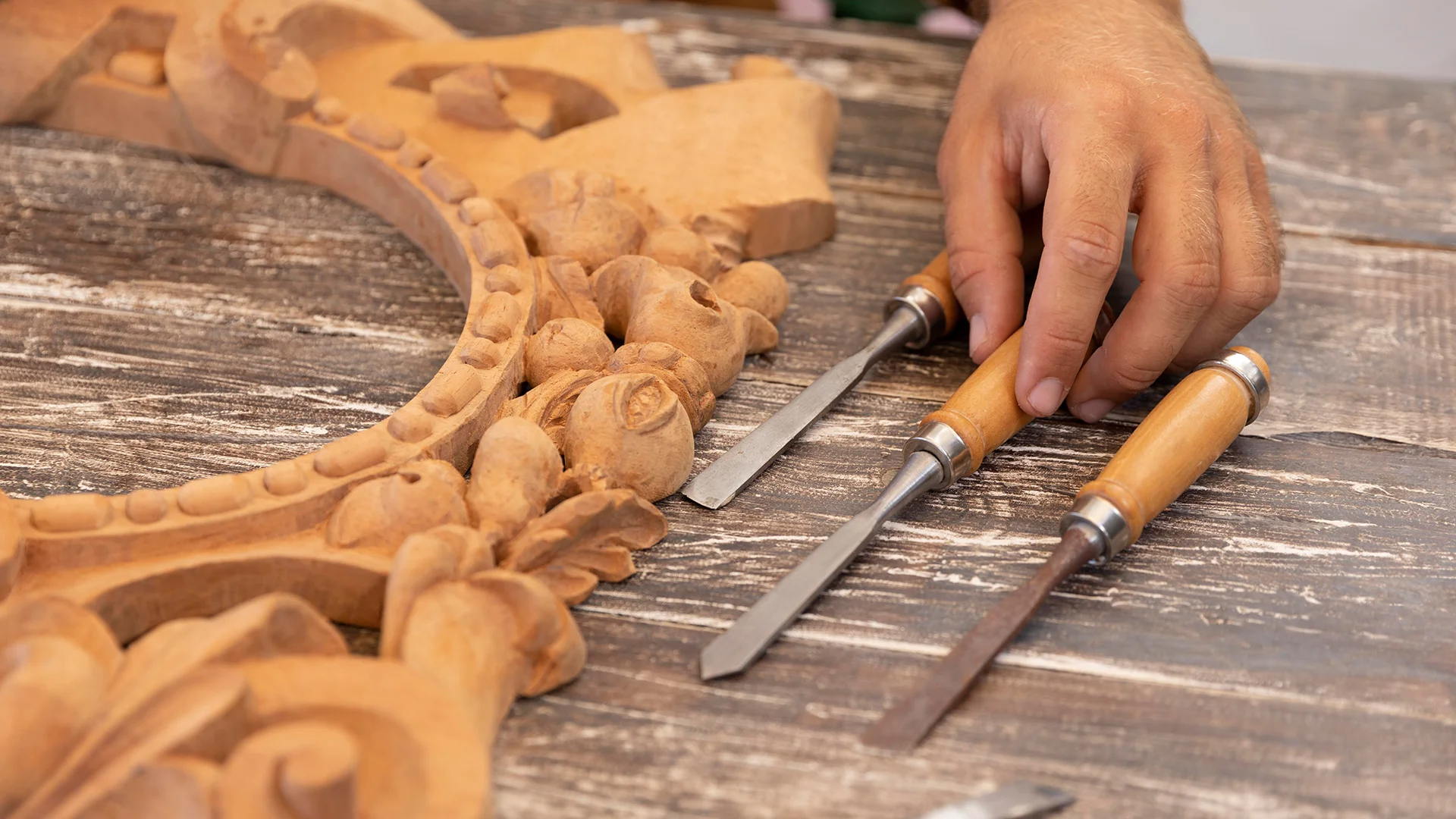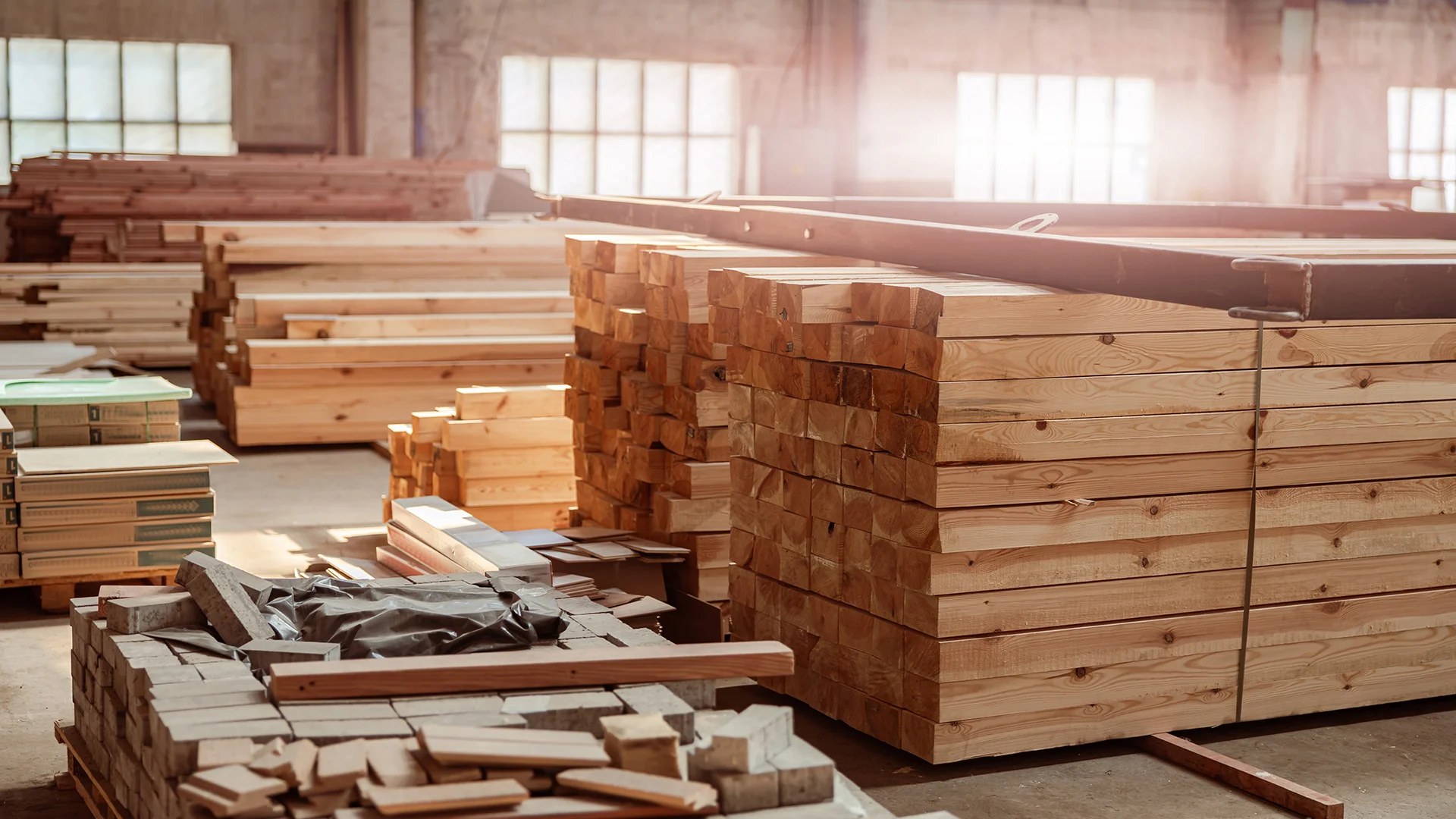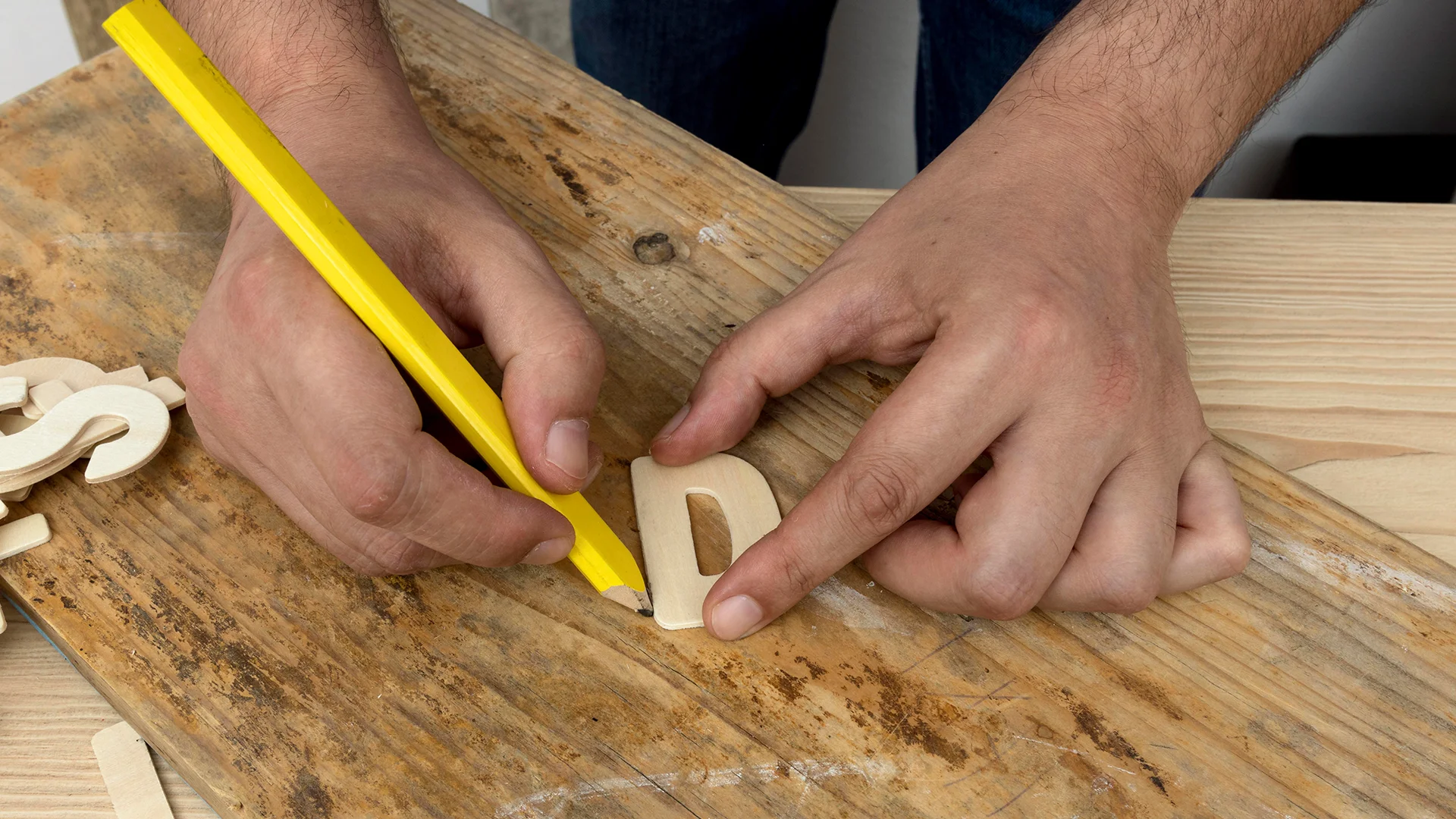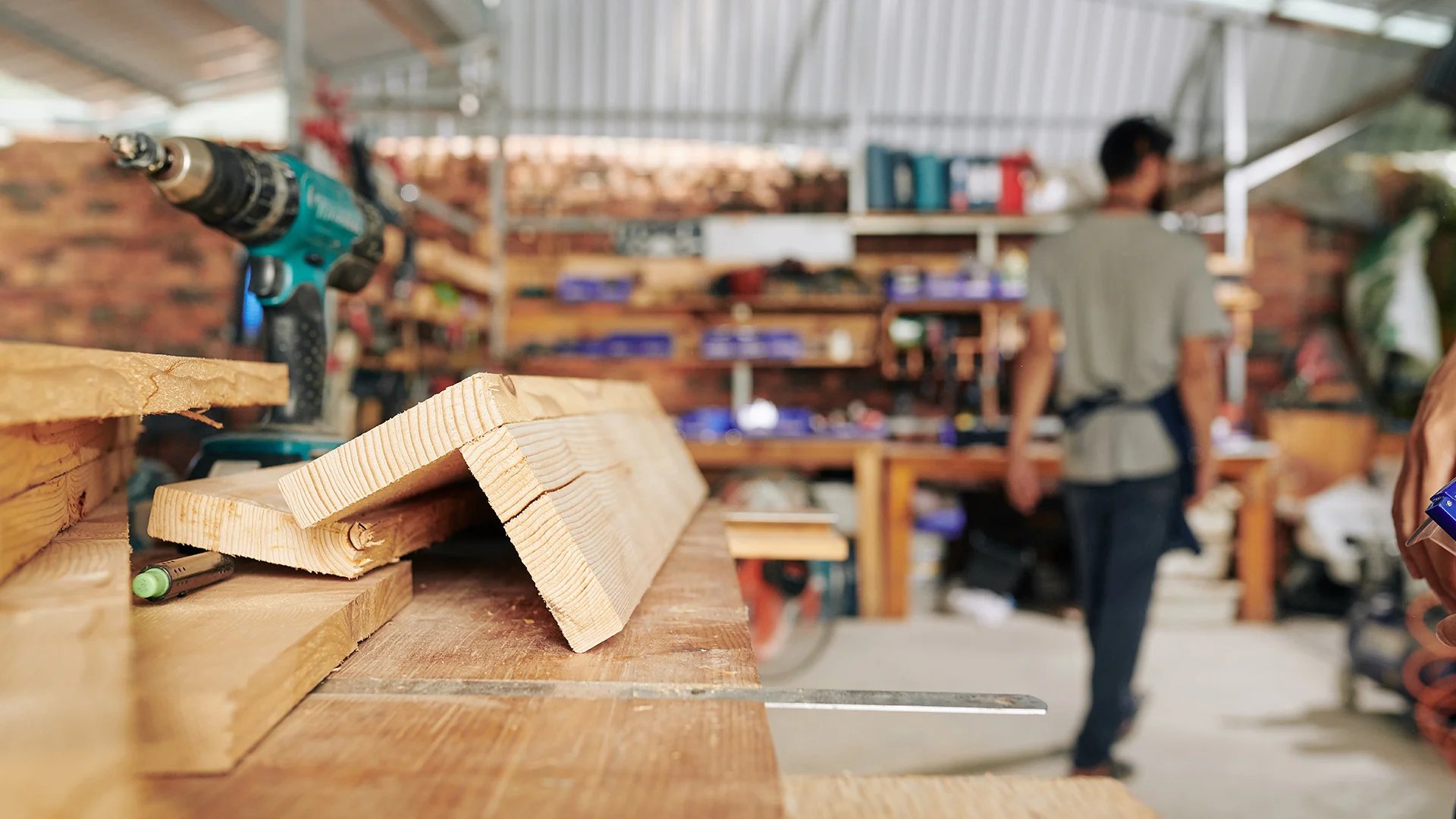
Woodworking Logos: The Do’s and Don’ts for a Timeless Design
A logo is more than just a symbol—it’s the face of your business. It’s what introduces your woodworking business to potential customers before they even see your craftsmanship. Whether you build custom furniture, restore antique pieces, or create one-of-a-kind wood carvings, your logo needs to tell a story of skill, trust, and artistry.
Think about it: when you see a swoosh, you think Nike. When you see golden arches, you think McDonald’s. That’s the power of branding. And in the woodworking world, your logo should work just as hard for you.
In this blog, we’re diving into the must-haves and major no-nos of woodworking logos. We’ll cover creative ideas, trending designs, and practical tips to ensure your logo not only looks great but also connects with the right audience.
Why Are Logos Important for Woodworking Businesses?
Your logo isn’t just a fancy symbol—it’s the face of your brand. It’s what makes your business recognizable and builds instant trust with potential customers. A weak logo? That’s like showing up to a first date in socks and sandals. A strong one, though, does a lot of heavy lifting:
- Positions your woodworking business as a credible, professional player in the industry
- Creates a brand identity that sticks in people’s minds
- Reflects the craftsmanship and quality your business is all about
- Instantly builds trust with customers
If you want your woodworking brand to stand out in a crowded market, investing in a well-crafted logo isn’t optional—it’s essential.
What Makes a Good Woodworking Logo?
Not all logos are created equal. A good woodworking logo should:
- Be simple yet distinctive – Overly complex designs don’t scale well.
- Represent your craft and expertise – Woodgrain, saw blades, chisels, or trees can reinforce your brand’s identity.
- Be scalable – Your logo should look great on business cards, signs, and digital platforms.
- Use a cohesive color scheme – Earth tones and natural hues often work best.
- Have clear typography – Fonts should be legible and complement your brand’s style.
Do’s of Designing a Timeless Woodworking Logo
To create a timeless and effective logo, follow these best practices:
- Keep it simple and memorable – Avoid excessive details that make the logo hard to recognize.
- Incorporate woodworking-related imagery – Saw blades, trees, woodgrain textures, or hand tools can visually connect to your craft.
- Use classic and professional fonts – Avoid overly trendy or script fonts that may age poorly.
- Ensure readability across all platforms – Your logo should be clear and legible in both small and large formats.
- Make it unique – A custom design will help your business stand out from competitors.
Don’ts of Designing a Woodworking Logo
Avoid these common mistakes:
- Overcomplicating the design – Too many details can make the logo look cluttered.
- Using generic or overused symbols – A tree or saw blade alone isn’t enough; make sure it’s creatively executed.
- Choosing too many colors – Stick to a limited color palette for a professional look.
- Ignoring black-and-white compatibility – Ensure the logo still looks good without color.
- Following short-lived trends – A good logo should stand the test of time.

What Are the Latest Trends in Woodworking Logos?
Logo design trends evolve, but some styles remain timeless. Here are some of the latest woodworking logo trends:
- Minimalist logos – Simple, clean designs with bold typography.
- Vintage and retro-inspired looks – Classic logos with hand-drawn elements.
- Handcrafted illustrations – Custom artwork that reflects artisanal craftsmanship.
- Negative space designs – Clever use of space to create hidden images.
- Eco-friendly and nature-inspired themes – Logos that emphasize sustainability.
By blending tradition with modern trends, you can create a woodworking logo that feels both timeless and relevant.
How to Test If a Woodworking Logo Resonates with Your Audience
Before finalizing your logo, it’s essential to test how it performs with potential customers. Here’s how:
- A/B testing – Present two logo options and gather feedback on which is more appealing.
- Customer feedback – Ask existing customers for their thoughts.
- Digital testing – Upload the logo to your website and social media to see how it looks.
- Brand recognition test – Show people your logo without context and ask what they think your business does.
A great woodworking logo should instantly communicate your brand’s identity and values.

How Much Does It Cost to Create a Professional Woodworking Logo?
The cost of designing a woodworking logo varies based on the method you choose:
- DIY Logo Makers – $0 to $50 (not always unique or professional).
- Freelance Designers – $100 to $500 (varies by experience).
- Professional Design Agencies – $500 to $5,000+ (premium quality and branding strategy).
While DIY logos can be budget-friendly, a custom logo from an experienced designer ensures long-term branding success.
What to Include in a Woodworking Logo Brief for Designers
If you’re hiring a designer, providing a clear logo brief will help them create the perfect logo. Include:
- Business name and tagline – Clearly state your brand’s identity.
- Target audience – Describe who you want to attract.
- Preferred style and colors – Share visual preferences and inspiration.
- Woodworking niche – Are you a custom furniture maker, a carpenter, or a sawmill?
- Examples of logos you like – This helps the designer understand your vision.
Providing detailed input ensures your woodworking logo truly represents your business.
Conclusion
A well-designed woodworking logo helps establish trust, professionalism, and brand identity. By following the do’s and don’ts outlined in this guide, you can create a logo that stands the test of time.
Key takeaways:
- Keep your logo simple, memorable, and relevant to woodworking.
- Avoid clutter, cliché symbols, and overly trendy elements.
- Test your logo with your audience before making it final.
- Invest in a professionally designed logo to elevate your brand.
Recent Post

Wood for Woodworking: Expert Tips to Maximize Quality and Craftsmanship

The Ultimate Glossary of Woodworking Terms to Level Up Your Craft

Woodworking Logos: The Do’s and Don’ts for a Timeless Design

Woodworking Business Names That Sell: Secrets of Branding Pro

